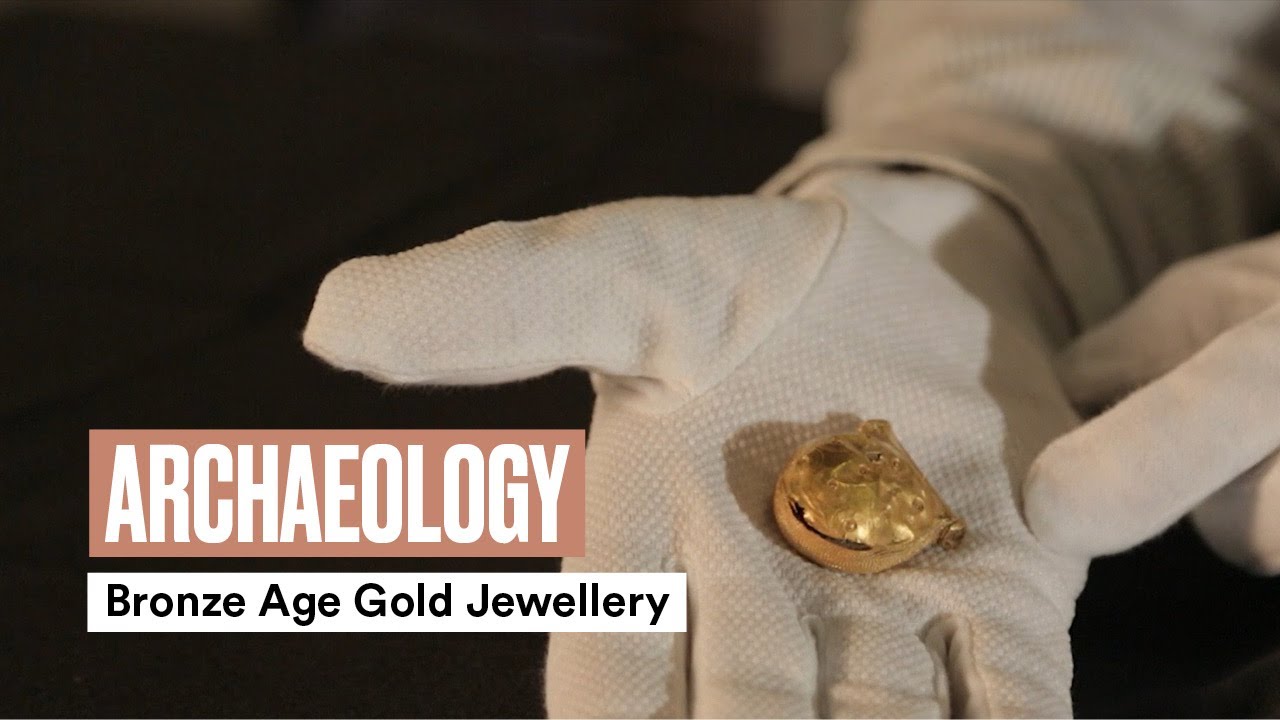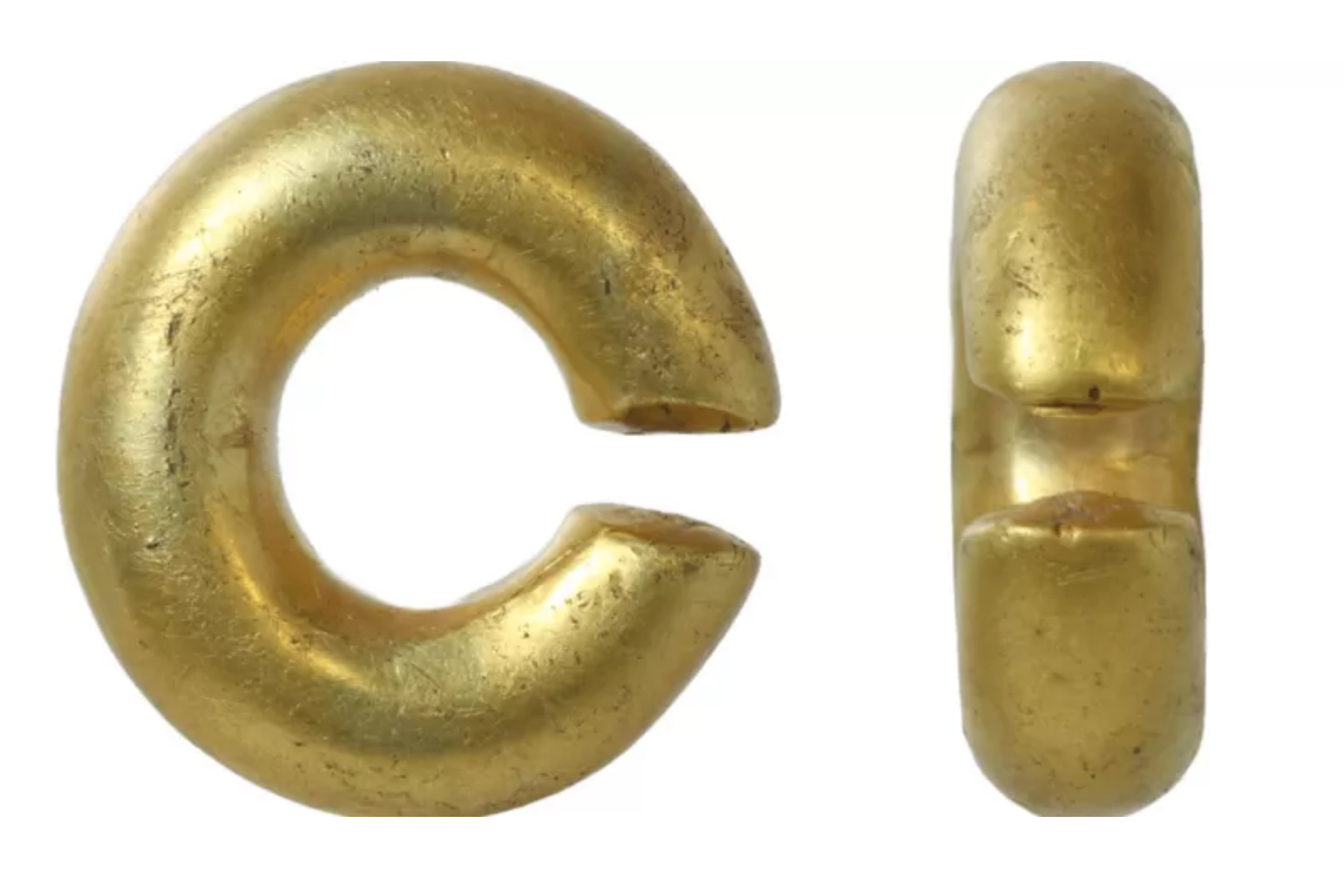A mysteriousgold bronze age ring donated to Norwich museum. A treasure has been identified as a ringthat measures 14.5 millimeters (0.5 inches) in circumference.
Tim Pestell, the curator of the Norwich Castle Museum, commented that it is the people of Norfolk who are contributing to the expansion of the county's collections for future generations.
Efforts To Preserve And Investigate - Incorporating The Bronze Age Gold Findings In Museums
According to Dr. Pestell, the museum made an effort to incorporate all of the Bronze Age goldfindings from the area into its collections.
The penannular ring, which can be identified by the fact that it is missing a portion of its circle, was discovered in the northern region of Norfolk.
According to the curator of archaeology at the museum:
“„We're very, very selective about what we acquire because we record about 1,600 finds a year and we take in a quarter of 1%, so what we really do try to do is bring in objects that enhance our collection.- Curator of archaeology
In addition, Dr. Pestell said that prehistoric gold was "not at all common," and that this item had "an enormous potential to uncover future stories."
The fact that it is now housed in the museum means that it can be investigated in the future as part of an effort to "create a narrative about how people lived, worked and died in the past".
Both local historians and archaeologists have been piqued by the discovery of gold penannular ringsinside the county since the beginning of the Portable Antiquities Project in 1997.
Because these rings are so uncommon—there have been discovered just about 150 of them in the entire country—questions have been raised concerning the relevance and worth of the time period to which they belonged.
Dr. Pestell, a specialist in the topic, is of the opinion that the diminutive size of the rings provides strong evidence that they were not designed to be worn on a daily basis and were instead most likely employed as high-status artifacts for usage during exceptional events.
The finding of such a costly object during a time when people subsisted off the land and were subject to ongoing dangers from famine and disease raises questions about who manufactured these rings and how they came to be in possession of them.
The fact that not everyone in the country would have had access to such items highlights the stark social and economic inequalities of the time.
Despite the significance of these discoveries, much remains unknown about the rings. Historians and archaeologists are unsure of how they were worn, and how long it would have taken for someone to save up enough moneyto buy one.

Bronze Age Gold Jewellery
The purpose of the rings is also unclear, with Helen Geake, the findings liaison officer for the county, describing them as "incredibly mysterious."
Despite the uncertainty surrounding the gold penannular rings, their discovery provides valuable insights into the social and economic conditions of the historical period.
The rarity and value of these items serve as a reminder of the stark inequalities that existed in society, while also highlighting the importance of ongoing archaeological research in uncovering our past.
As more discoveries are made, it is likely that our understanding of these mysterious objects will continue to evolve.
